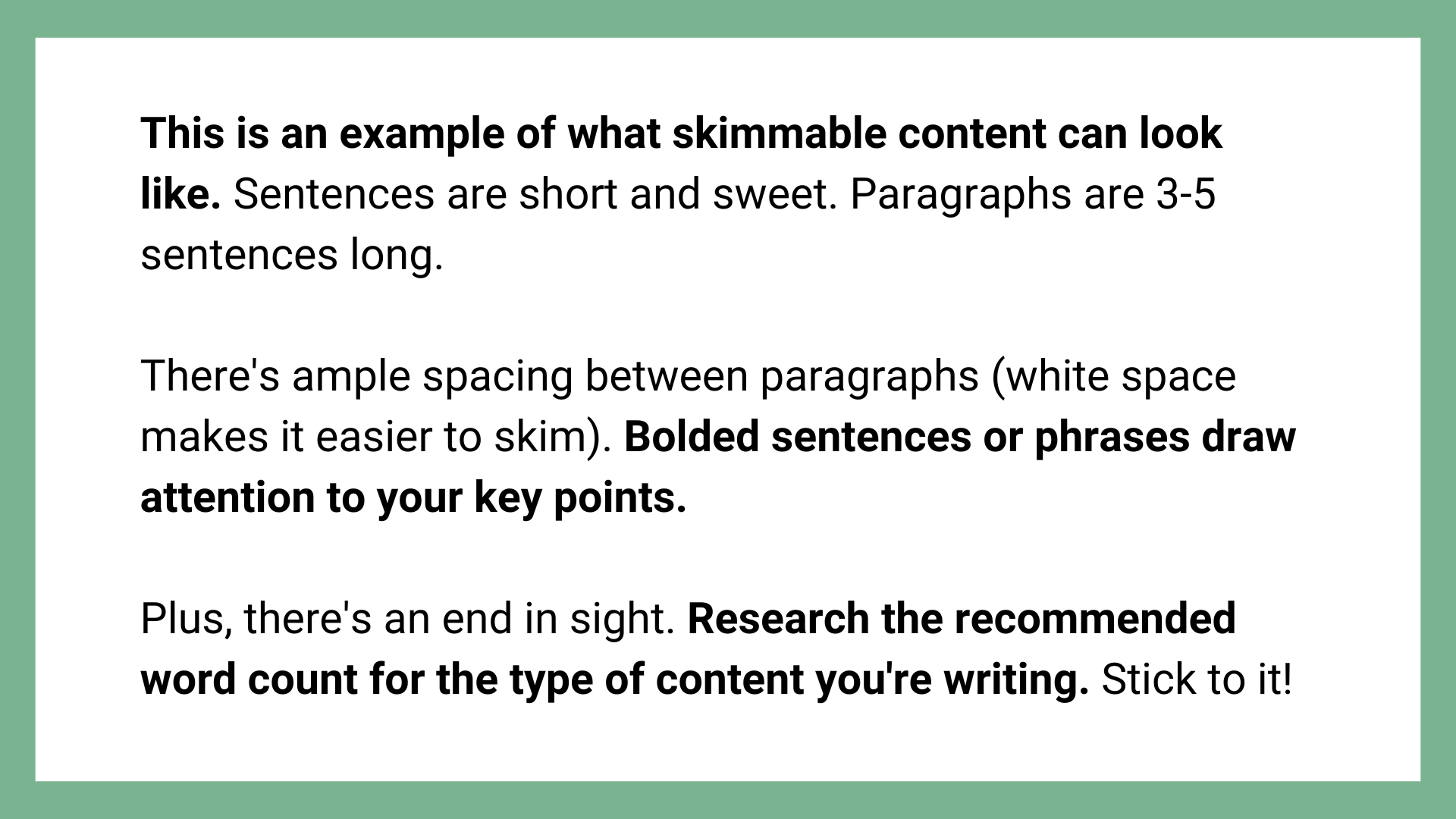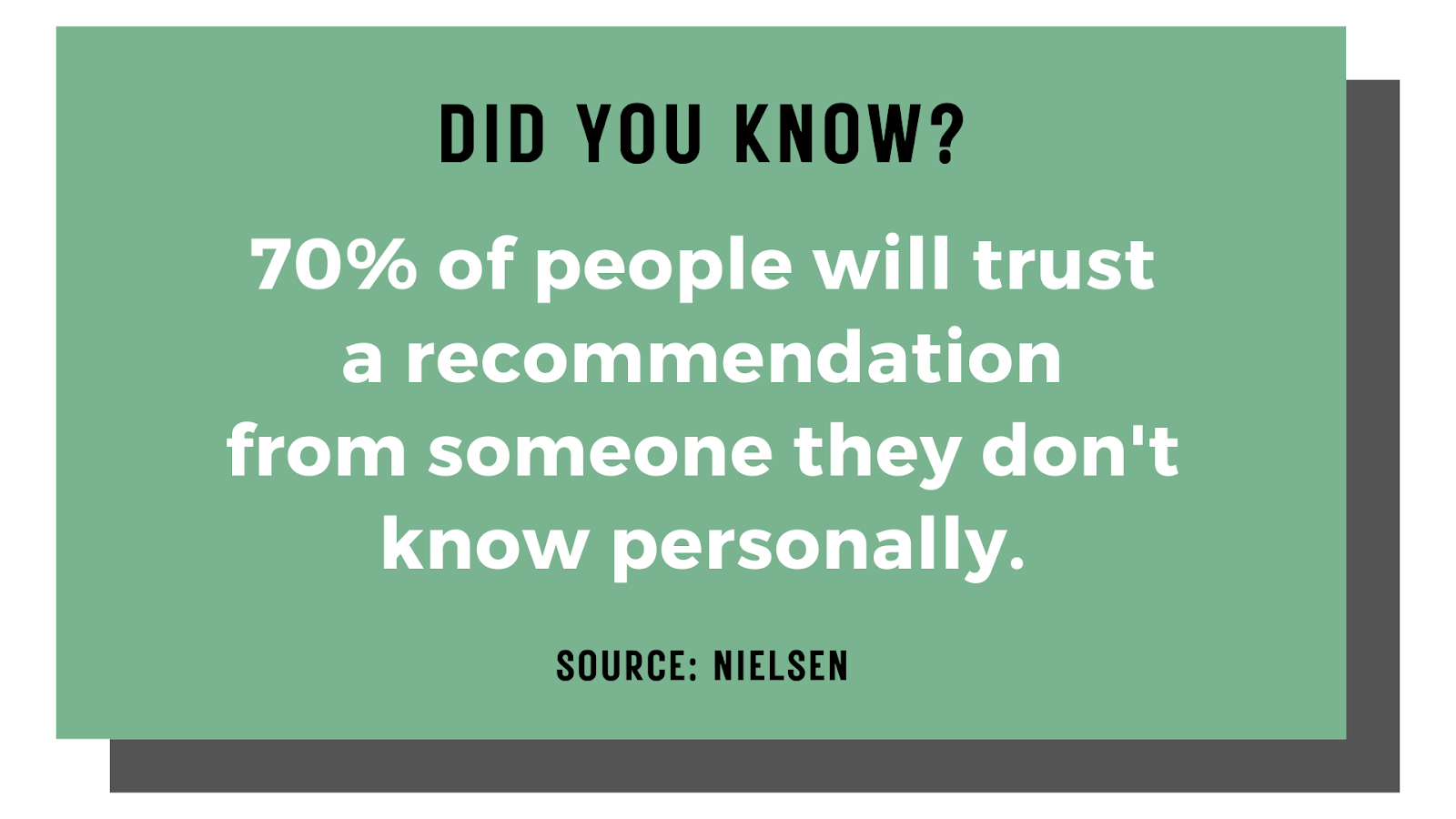10 Copywriting Tips to Transform Your Content
The words we use matter. When chosen with intention and an end goal in mind, words can change how your reader thinks, feels, and acts. It’s a superpower (and one that you can learn).
By keeping a few simple principles in mind, you’ll be on your way to creating engaging content. Learn how to wrap your reader up in your story and make them feel something. You can even persuade them to take action towards your end goal.
Ready to take your copywriting skills to the next level? Consider these tips next time you write an email, blog post, social media post, or ad for your organization.
#1: Choose a Clear & Enticing Title
The first step is getting someone to actually read your content. You need to grab your reader’s attention and convince them to pause what they are doing to hear what you have to say. Whether an email subject line, blog post title, or text on a graphic, share a teaser. Hook your reader and make them curious.
Examples:
3 Surprising Health Facts That Will Change Your Life
5 Things about Food Insecurity You Need to Know Now
Will You Be a Hero for Animals Like Buddy?
Sam’s Story: From Homelessness to Homeowner
#2: Make It Skimmable
Now that you've gotten someone to open your content, you have a few seconds to make a strong impression. Convince them to stay a while. Remember that your reader has a lot of other content to get through. As humans, we don't read anymore; we skim.
Are you doing the following?
Consider how your content looks on the page. Keep paragraphs short (no more than 3-5 sentences each). Several short paragraphs is better than a few big blocks of text that readers have to sift through. Embrace white space.
Give yourself a target word count. For blog posts, we recommend aiming for 1000-1500 words. For email newsletters, 125 words is the going recommended rate. Longer content performs better on LinkedIn and Facebook, while Instagram favors shorter captions. Try to keep ad copy to 20 words or less.
Bring attention to your key points. Catch someone’s eye with bolded sentences or phrases. Or, incorporate subheadings, numbered lists, and bullet points.
#3: Make It Simple
Can a 6th grader read and understand what you’re trying to say? Swap big words and lengthy sentences for short, sharp points. Cut all the fluff and filler words, and please leave your jargon and acronyms at the door. Confusing or complex terminology will intimidate your reader. You'll lose them. Say more with less!
PRO TIP: Check out the free Hemingway Editor to test and tweak the readability of your copy.
#4: Keep It Conversational
Pretend like you’re talking to a friend (or a casual acquaintance). Be warm, down-to-earth, and talk straight to the reader.
PRO TIP: Read aloud what you’ve written. You’ll immediately catch what sounds awkward, cumbersome, or unnatural.
#5: Solve a Problem
Immediately introduce a challenge that your target reader would be able to relate to. Describe how it might feel, show that you understand, and then present the solution. Show that you can help solve their problem. If you get this right, your reader will be yours; our brains love this complete loop.
Is your reader looking for knowledge, entertainment, purpose, or something else? Consider your solution to their problem and what value you provide. Put yourself in your readers shoes, and ask, “Would I find this helpful? Would I enjoy this content?” If you’re not convinced, your reader won’t be, either.
#6: Tell a Story
You can write beautiful copy, but if it’s too abstract, it won’t stick with your reader. Sharing an example will make what you have to say memorable. It will hold your reader’s attention and keep them on the edge of their seat to learn what happens next. Who is the hero and who is the villain in your story? What challenge did the main character overcome on their journey? Use language that allows your reader to visualize your story, and to see themselves as a part of it.
Source: ProWritingAid
#7: Evoke Emotion
Emotions drive human behavior and influence every action we take. Aim to build empathy in your reader for the story you are telling. How do you want them to feel after reading your content? Strong emotions include: sadness, fear, frustration, anger, joy, surprise, nostalgia, and love. Connect this feeling to how the reader’s life will transform by taking action to support your cause.
#8: Find the Right Word
The thesaurus is your friend. Choose the best word to express the idea, emotion, or image you want to bring to life. Avoid adverbs and adjectives. If you’re intentional about finding the right word to carry your intended meaning, you won’t even need them.
#9: Back Up Your Points
Do your research! People are more likely to trust you when you have a statistic or expert source behind your point. Bringing in an outside perspective strengthens your case and boosts your credibility. Try incorporating facts and figures, a testimonial, or a success story into your copy. 70% of people will trust a recommendation from someone they don’t even know (Source: Nielsen). This social proof makes people feel comforted. Even skeptical readers might start to believe you.
#10: Get to the Point
Avoid words like need, think, just, probably, maybe, perhaps, and possible. Be direct. If you don’t ask your reader to take action with your organization in a direct way, they won’t. Determine the single call-to-action you want your reader to take. Then, ask them to support your cause. Be confident in your ask. Don't offer any apologies or excuses.
Now, go forth and write! If you would like an opinion on your next piece of content, reach out to me at julia@the-purpose-collective.com. I’d love to read what you write and share opportunities to make your copy even stronger.
P.S. Looking for someone to take copywriting off your plate entirely? At the Purpose Collective, we got you covered. Learn how we can help you create content that converts your followers into long-term supporters of your cause.






